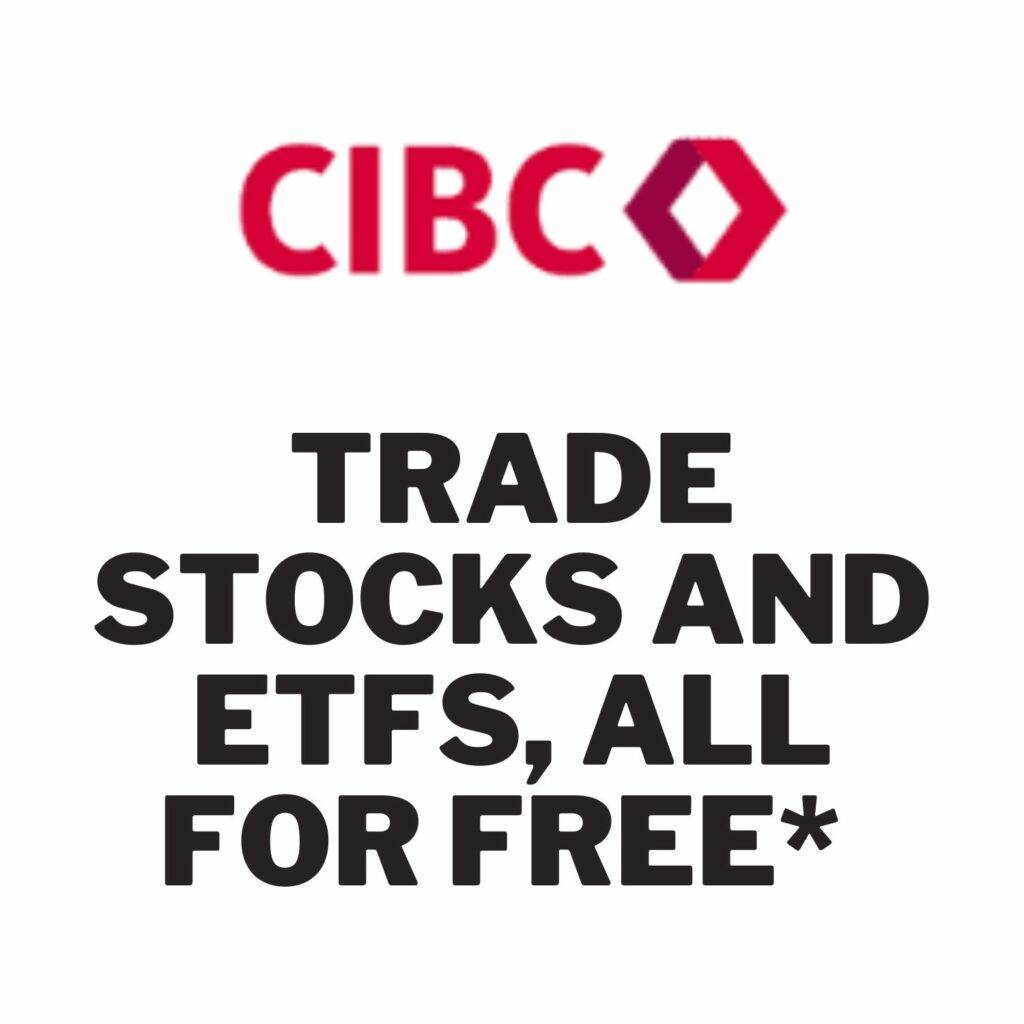If you’re looking for stable income and a degree of capital preservation, chances are you’ve considered Canadian utility-focused Exchange Traded Funds (ETFs). Two popular options are ZWU and UMAX. Each offers exposure to this essential sector, but there are notable differences you’ll want to understand before investing.

What are ZWU and UMAX?
ZWU (BMO Covered Call Utilities ETF): ZWU seeks to mirror the Solactive Equal Weight Canada Utilities Index while using a covered call options strategy to enhance income. Its holdings comprise Canadian utility companies involved in power generation, transmission, and distribution.
UMAX (Hamilton Enhanced Utilities Yield Maximizer ETF): UMAX aims to give investors higher monthly income by investing in Canadian and US utilities and employing a similar covered call strategy. Unlike ZWU, UMAX also includes telecoms, pipelines, and railways within its ‘utilities’ definition.
Key Differences
Sector Exposure: The most significant difference is ZWU’s exclusive focus on traditional utilities, while UMAX broadens its scope. This broader exposure means UMAX may potentially offer slightly more diversification, but the flip side is greater volatility due to pipeline and railway companies being more sensitive to economic cycles.
Holdings: Because of their different focuses, the top holdings within ZWU and UMAX differ. ZWU’s top holdings are typically large, established Canadian power companies. In contrast, UMAX’s top stocks may include a mix of utilities and telecom companies.
Covered Call Strategy: UMAX vs ZWU
Both ETFs use covered calls to boost income, but their approaches differ slightly.
UMAX: This ETF allocates 50% of its portfolio and uses at-the-money (ATM) options. It offers a dividend yield of approximately 13%* and does not employ leverage.
ZWU: Similar to UMAX, ZWU also allocates 50% of its portfolio, but it utilizes out-of-the-money (OTM) options. It has a dividend yield of approximately 8.6% and does not employ leverage.
| % potfolio | Option strategy | Divdend Yield approx | Leverage | |
| UMAX | 50% | ATM (Medium risk) | 13%* | No |
| ZWU | 50% | OTM (Low risk) | 8.6% | No |

Table ATM vs OTM
| Premium or option price | Risk | Reward | |
| ITM (In the money call option) Stock price > Strike price | High | High | High |
| OTM (Out of the money call option) Stock price < Strike price | Cheap | Low | Low |
| ATM (At The Money call option) Stock price = Strike price | Medium | Medium | Medium |
Performance comparison
Historically, the performance of the two ETFs can vary depending on market conditions.
| ZWU | UMAX | |
|---|---|---|
| 1M Total Return | 1.49% | 0.73% |
| 6M Total Return | -0.10% | 3.08% |
| 1Y Total Return | -6.87% | |
| 3Y Total Return | 0.57% | |
| 5Y Total Return | 6.47% | |
VIEW RATINGS
Which Is Right for You?
Choosing the right ETF comes down to your personal preferences. ZWU provides a focused play on Canadian utilities, offering stability and a decent income stream. UMAX takes a broader approach, promising potentially higher income but with slightly increased risk. Consider your risk tolerance, your need for pure utility exposure, and carefully compare the income potential of each ETF before making a decision.
Disclaimer: I’m not a financial advisor. It’s always recommended to do your thorough research and consult a professional before making any investment decisions.
Let me know if you have other areas you want me to focus on or any specific questions about these ETFs!
